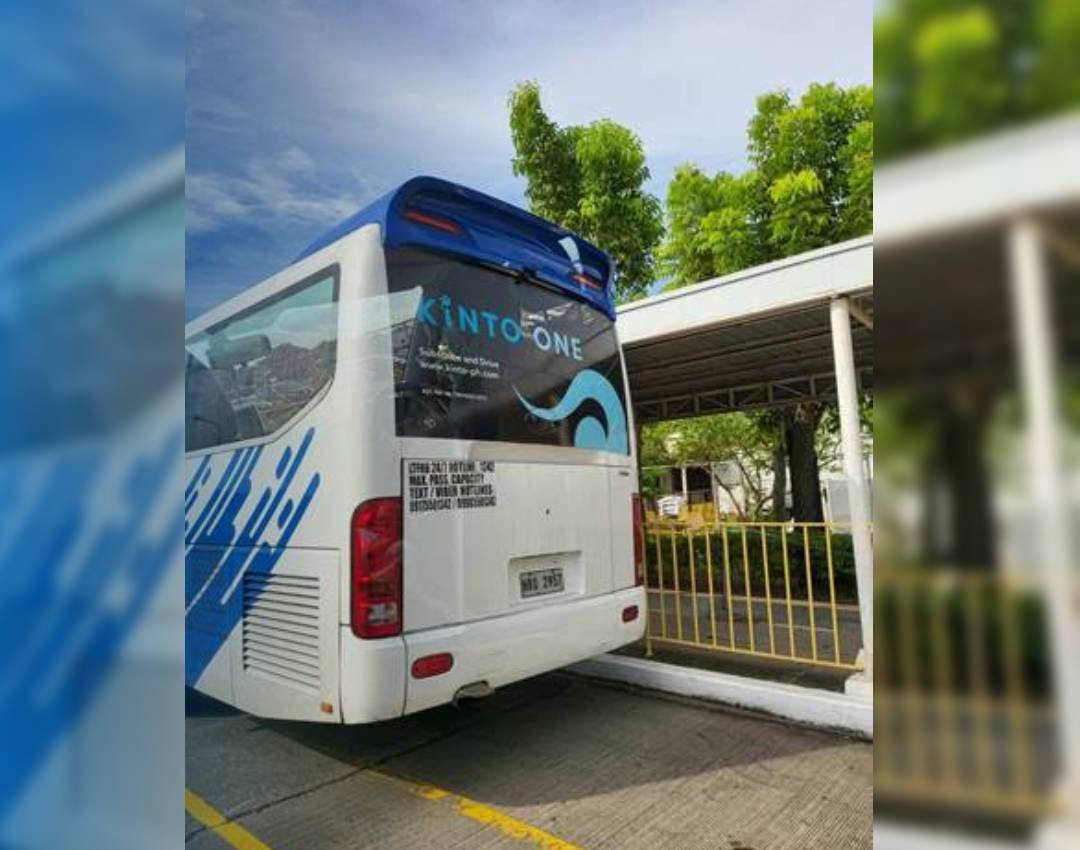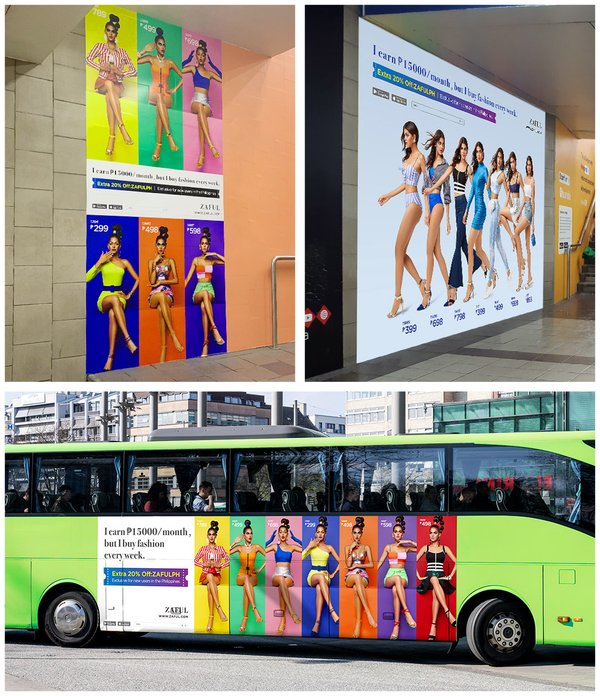Just How Transit Marketing Can Transform Mass Transit Spaces Into Dynamic Marketing Platforms
Transit advertising and marketing holds substantial possibility to redefine mass transit areas right into dynamic marketing platforms that involve and inform. By using innovative formats such as interactive stands and digital displays, brand names can not only reach a varied audience however likewise enhance the overall commuter experience. This approach develops a special chance for brand names to connect with consumers in a setting that is often neglected. As we check out the complex advantages and evolving techniques of transit marketing, it increases the inquiry of just how this transformation could redefine our interactions with both brand names and the city environment.
Benefits of Transit Marketing

Additionally, transit advertising is highly affordable compared to conventional media. It allows advertisers to attain high impacts at reduced prices, making the most of return on investment. The captive target market of travelers supplies a chance for brands to convey their messages to individuals who are often responsive throughout their travel times.
In addition, the vibrant nature of transit advertising allows projects to be upgraded often, guaranteeing that messaging continues to be timely and pertinent. This versatility can be critical in replying to market trends or marketing occasions, keeping the brand name top-of-mind for consumers. Last but not least, the pervasive visibility of transit advertising and marketing adds to brand recall; repeated direct exposure within familiar traveling contexts reinforces brand recognition and cultivates consumer commitment, inevitably boosting and driving sales brand name online reputation.
Kinds of Transportation Advertising
Mass transit systems offer numerous styles for advertising and marketing, each satisfying various advertising approaches and audience engagement approaches. One prominent type is outside bus and train wraps, which cover the entire car and produce a mobile billboard effect, enabling high visibility in urban environments. These wraps can capture focus as they go across active roads, getting to a diverse audience.
Another preferred style is interior advertising, that includes posters, electronic screens, and ads on transportation seats. These placements engage guests throughout their journey, reinforcing brand name messaging in a restricted space. Digital presents, in specific, provide the advantage of vibrant material, allowing advertisers to update messages in real-time.
Station advertising is additionally considerable, featuring posters, banners, and interactive stands within transit terminals. These advertisements take advantage of foot traffic and can target details demographics based on area.
Finally, promotional collaborations with transportation authorities can cause unique campaigns, such as themed transportation experiences or events, improving the overall interaction with travelers. Each kind of transportation marketing supplies unique advantages, allowing brand names to customize their method to effectively reach their target market within the general public transportation ecological community.
Engaging Travelers Efficiently
Travelers are increasingly swamped with advertising messages throughout their daily journeys, making it crucial for brands to involve them in innovative methods. To record attention in this congested room, advertisers have to prioritize imagination and importance. Utilizing attractive visuals and succinct messaging can considerably enhance the possibility of engagement.
Interactive aspects, such as QR codes or augmented fact functions, can likewise transform fixed ads into immersive experiences, promoting a much deeper link with the target market. Brands ought to concentrate on addressing commuters' rate of interests and requirements, customizing messages to resonate with their lifestyle, whether with try this site promos for neighborhood businesses or services made to boost their travelling experience.
Furthermore, timing plays a crucial function; tactically placing ads throughout height travelling hours can make best use of presence and impact. Engaging travelers successfully likewise includes leveraging social networks combination, enabling guests to share their experiences or promotions straight from transportation systems, thus intensifying brand reach.
Basically, reliable engagement rests on comprehending the commuter journey and producing compelling, interactive, and relevant advertising experiences that not just catch attention however also drive activity and loyalty. By doing so, brands can change mass transit right into a vibrant advertising system that resonates with its audience.

Measuring Advertising Influence
Exactly how can brands properly evaluate the performance of their ad campaign in transportation atmospheres? Gauging the influence of transit advertising calls for a diverse approach that incorporates measurable and qualitative metrics. One widespread technique is tracking engagement via mobile analytics, where brands can evaluate foot website traffic patterns and app interactions before, during, and after projects.
Studies can offer valuable understandings right into brand name recall and consumer belief, allowing brand names to gauge just how well their messages reverberate with commuters. Furthermore, keeping an eye on social networks involvement associated to details projects can reveal shifts in public understanding and brand name discussion.

In addition, collaborating with transit companies can improve dimension precision, as they usually have detailed demographic data on ridership patterns. By incorporating these methods, brand names can create a thorough understanding of their advertising effectiveness, guaranteeing that their campaigns not only reach however likewise affect their target audiences successfully.
Future Patterns en route Advertising And Marketing
A substantial change is prepared for en route advertising and marketing as technical innovations and transforming customer habits reshape the landscape. Transit Advertising Philippines. The integration of interactive media and digital displays is expected to enhance involvement, permitting brand names to supply vibrant web content that reverberates with varied target markets. As public transport systems accept smart technology, marketers will certainly utilize real-time information analytics to tailor messages based upon guest demographics and habits
Furthermore, augmented fact (AR) is positioned to reinvent the method commuters interact with promotions. By offering immersive experiences, AR can transform an ordinary journey right into an interesting narrative that records interest and fosters brand name loyalty. This innovation will likely urge advertisers to develop more experiential campaigns that drive customer interaction.
Sustainability is an additional vital trend affecting transit advertising. As ecological consciousness expands, brands will increasingly look for to align with eco-friendly methods, making use of sustainable materials and advertising eco-friendly campaigns within their projects.
Final Thought
In conclusion, transit advertising and marketing uses significant advantages by boosting brand presence and engaging have a peek here a captive target market. Via numerous formats, such as outside covers and digital screens, it changes public transport into a dynamic advertising and marketing platform. Efficient interaction approaches and robust measurement methods additionally amplify its impact. As patterns progress, the possibility for innovative interactions between brands and travelers is positioned to expand, ensuring that transit marketing stays an essential component of modern marketing techniques.
Transit advertising and marketing holds substantial possibility to redefine public transport spaces right into dynamic marketing platforms that educate and involve. The prevalent visibility of transportation marketing contributes to brand recall; duplicated direct exposure within acquainted travel contexts reinforces brand name understanding and cultivates consumer commitment, eventually driving sales and improving brand name online reputation.
Just how can brands properly examine the efficiency of their advertising projects in transit environments?In final thought, transit advertising and marketing provides significant benefits by enhancing brand name visibility and involving a captive target market. Transit Advertising Philippines. As patterns evolve, the capacity for innovative communications in between commuters and brand names is poised to expand, guaranteeing that transportation advertising continues to be an important part of modern advertising strategies